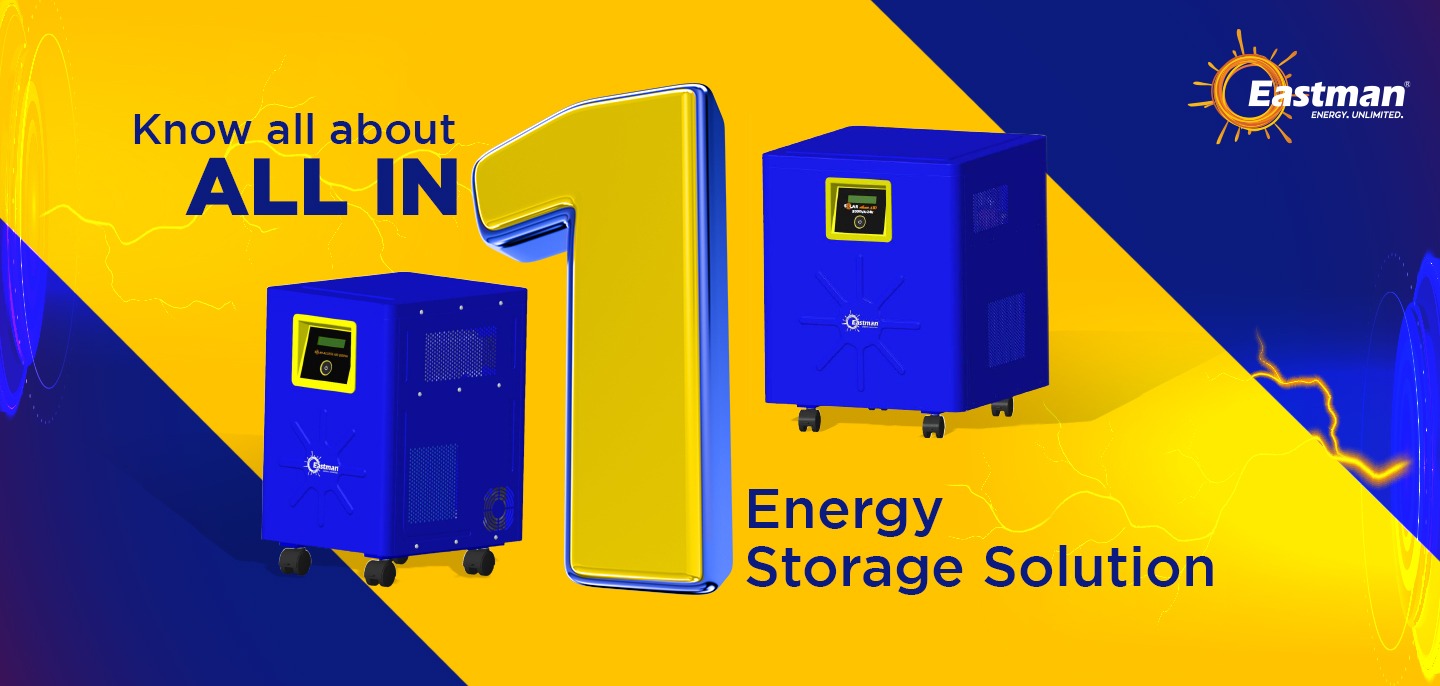
Know all about All in One - Energy Storage Solution
All-in-One Energy Storage Solutions: The Future of Efficient and Sustainable Energy Management
In an era where sustainability and energy efficiency are at the forefront of technological innovation, energy storage systems (ESS) have become indispensable. One of the most exciting developments in this field is the All-in-One Energy Storage Solution (ESS), a compact, integrated system designed to streamline energy management for both residential and commercial applications. These all-in-one systems combine essential components of energy storage—batteries, inverters, charge controllers, and more—into a single, user-friendly package.
Let’s explore why All-in-One ESS are gaining popularity and how they are changing the landscape of energy storage.
What is an All-in-One ESS?
An All-in-One Energy Storage Solution (ESS) is a self-contained unit that integrates multiple key components needed for efficient energy storage and management. These systems are typically designed to:
Store excess energy generated by renewable sources like solar or wind.
Convert stored energy into usable electricity.
Monitor and manage energy flows between storage, renewable generation, and the home or business.
The key advantage of these systems is their compact design, which consolidates all the necessary equipment—such as batteries, inverters, charge controllers, energy management systems (EMS), and sometimes backup power capabilities—into one unit. This all-in-one approach simplifies the installation process, reduces space requirements, and eliminates the need for multiple, separate components.
Key Components of an All-in-One ESS
An All-in-One ESS is typically made up of several integrated components that work together to manage the flow of electricity. Some of the primary components include:
Battery Storage: The heart of any ESS, typically made from lithium-ion or other advanced battery chemistries, which stores excess energy for later use.
Inverter: Converts the DC (direct current) electricity generated by renewable energy sources like solar panels or stored in the battery into AC (alternating current), which is what most household and business appliances use.
Charge Controller: Regulates the charging and discharging of the battery, ensuring that it is charged efficiently and not overcharged, which can prolong battery life.
Energy Management System (EMS): A sophisticated software platform that monitors and manages the entire system, optimizing energy use and storage, tracking performance, and allowing for remote monitoring and control.
Backup Power: Many All-in-One ESS units come with backup power capabilities, offering peace of mind in the event of power outages.